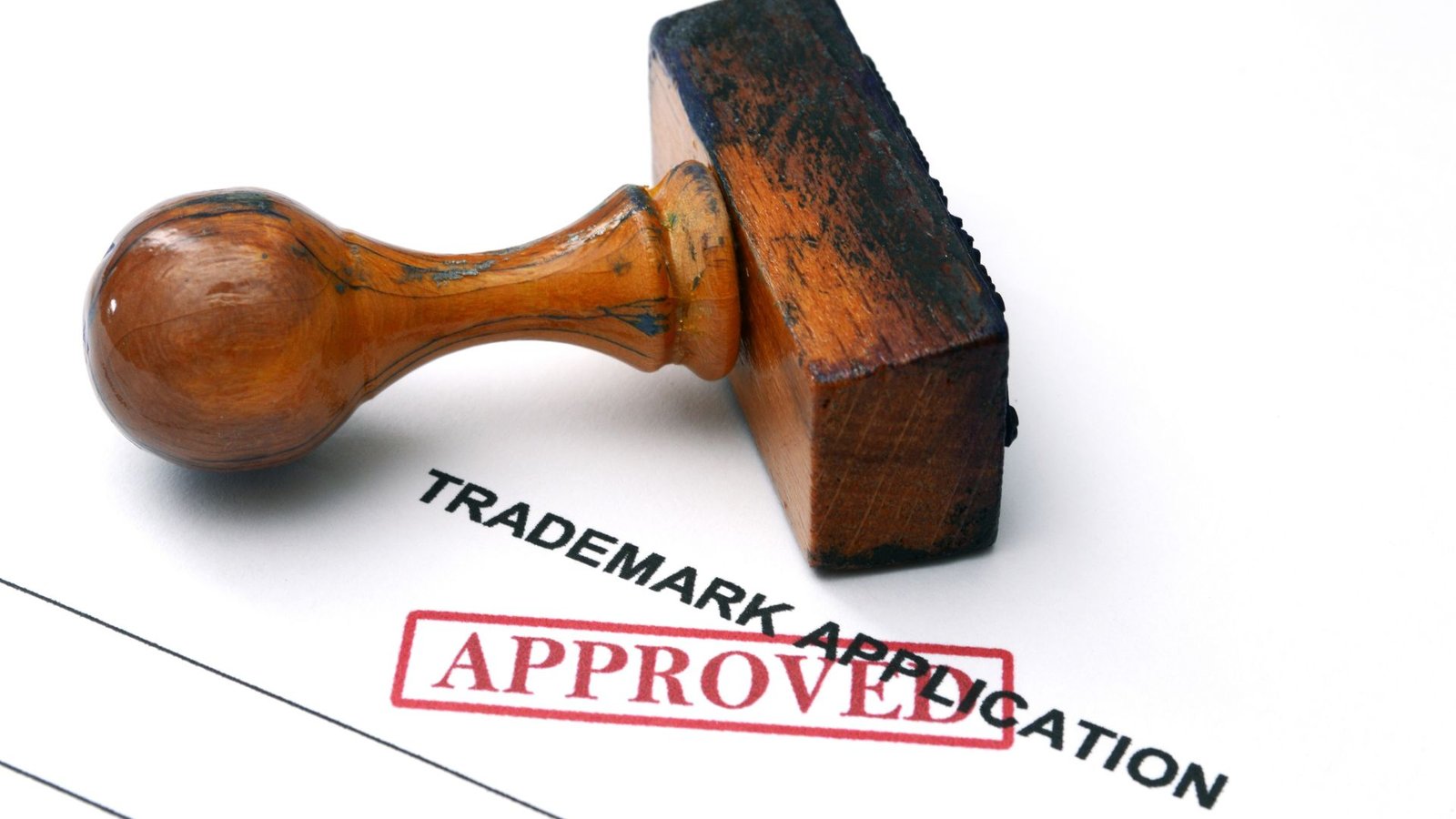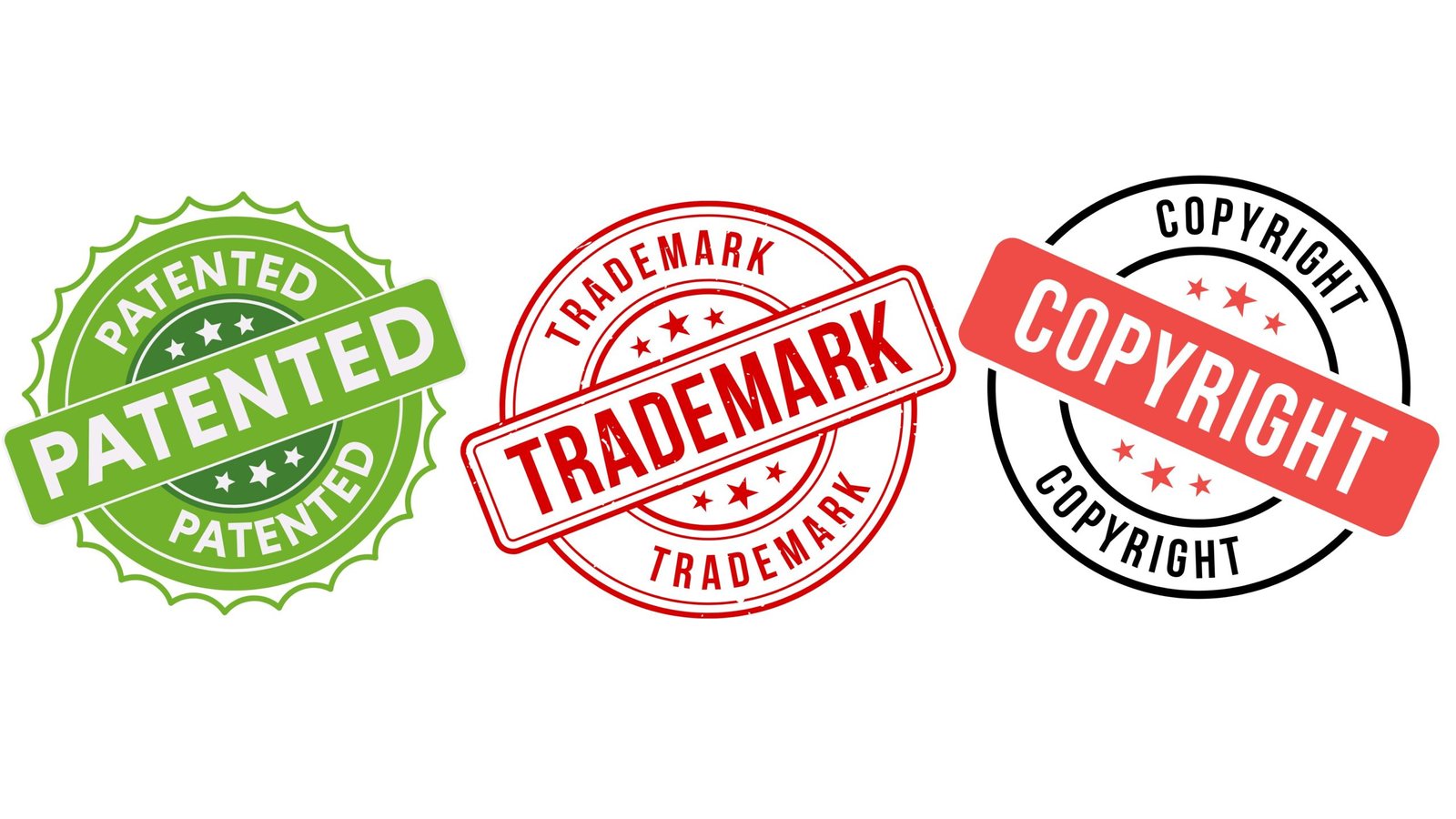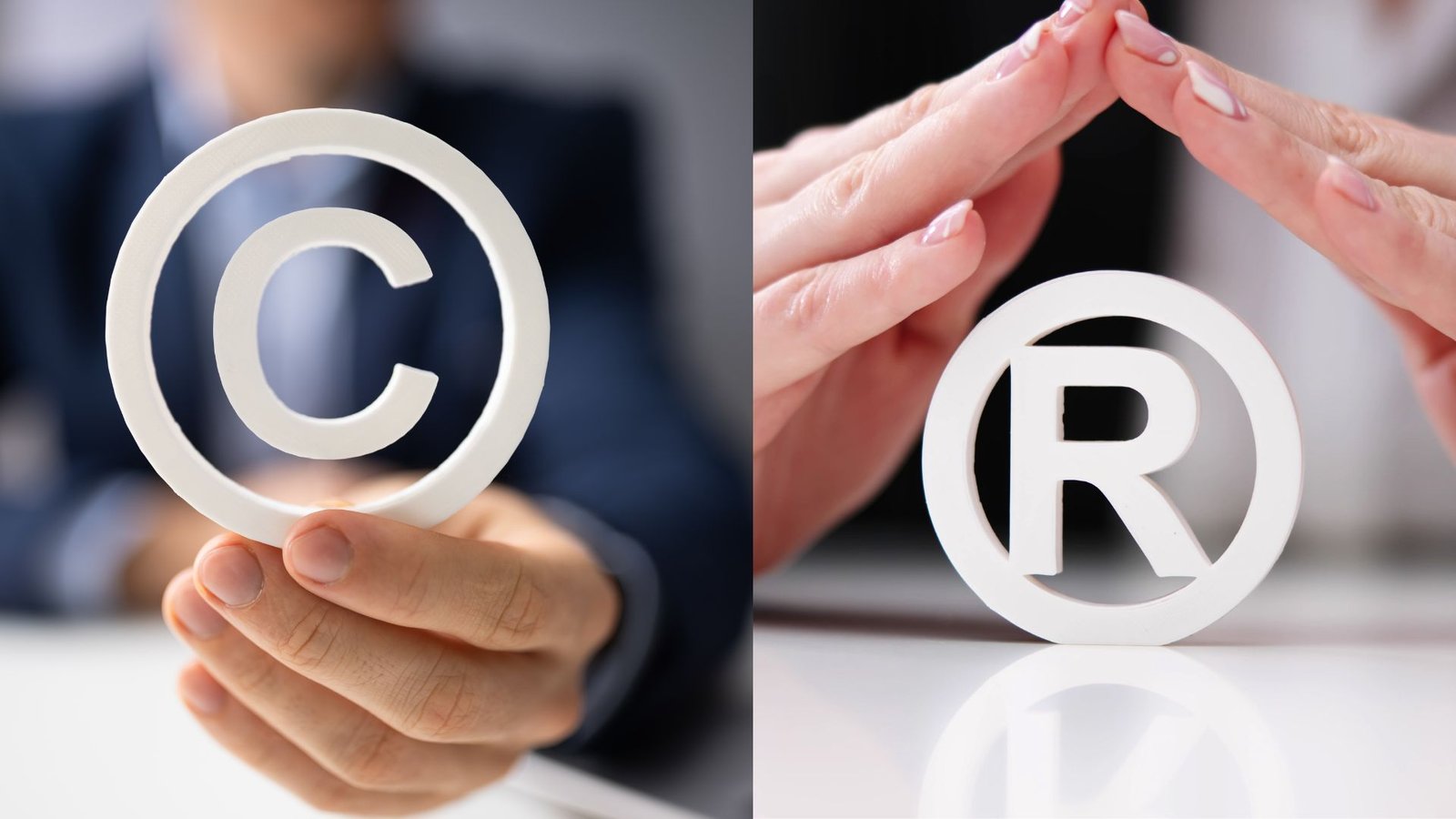On this page you will read detailed information about What Is a Trademark and How to Register a Trademark.
As a business owner, you should understand what trademarks are and why they matter. Knowing the basics of trademarks allows you to protect your business identity and branding. Trademarks designate source of goods and allow customers to distinguish your products or services from competitors. This article explains trademarks in easy-to-understand terms, including the benefits of federally registering your trademark. Continue reading to learn key aspects of trademarks, including how to secure yours and why every business owner should invest in this intellectual property protection.
What Is a Trademark?
A trademark is a word, phrase, symbol, or design that distinguishes the source of the goods or services of one party from those of others. In essence, a trademark helps consumers identify and associate specific goods or services with your company.
Some well-known examples of trademarks include:
- The Apple logo for Apple Inc.
- The word ‘Nike’ for Nike, Inc.
- The McDonald’s golden arches
To qualify as a trademark, the mark must be used in commerce and be distinctive enough to identify the source of a good or service. Marks that are too generic, descriptive or functional do not qualify for trademark protection.
Why Trademarks Matter
There are several reasons why establishing and protecting a trademark is important:
- Trademarks allow companies to build brand recognition and loyalty. By using a consistent and distinctive trademark, companies can create a strong brand identity that resonates with customers.
- Trademarks help prevent consumer confusion. When companies use the same or very similar trademarks, it can confuse consumers about the source or origin of goods and services. Trademark law aims to reduce this confusion.
- Trademarks provide legal protection. Registering a trademark gives you certain legal rights, like the ability to prevent others from using a similar mark that is likely to cause confusion. This can help you protect your brand and business assets.
- Trademarks can increase the value of your business. A strong, well-known brand that has a registered trademark can become a very valuable business asset. This is because consumers often prefer established brands, and tend to continue buying from familiar companies they know and trust.
In summary, a trademark is a very important tool for establishing a brand identity, connecting with consumers, avoiding market confusion and protecting the value and integrity of your business. Registering and properly maintaining your trademarks is essential for companies of any size.
In the previous post, we had shared information about The Sherman Antitrust Act: A Pivotal Piece of Antitrust Legislation in U.S. History, so read that post also.
Why Trademarks Matter
As a business owner, registering a trademark for your brand name, logo, or tagline is one of the most important things you can do. A registered trademark provides legal protection for the intellectual property that distinguishes your goods and services from those of competitors.
Without a trademark registration, competitors could use a confusingly similar name, logo, or tagline to market their products, potentially deceiving your customers and damaging your brand. Trademark registration deters infringement by allowing you to pursue legal action against copycats and imitators.
A registered trademark also enhances your brand’s credibility and commercial value. It signifies to partners, investors, and customers that you have established proprietary rights in your brand assets. This can translate into new business opportunities, funding, and sales.
Trademark registration requires conducting a search to ensure the mark is available for use in connection with your particular goods and services. The registration process involves submitting an application to the USPTO (U.S. Patent and Trademark Office) or WIPO (World Intellectual Property Organization) to register the mark. Approval typically takes between 3 to 18 months depending on the type of application filed.
Maintaining a trademark requires using it continuously in commerce and renewing the registration periodically. While the initial registration lasts for 10 years, a trademark can essentially last forever if properly maintained. Trademark rights are a valuable business asset worth the investment to establish and protect.
In summary, registering a trademark for your brand name, logo, or tagline is crucial for:
- Protecting your intellectual property and brand identity. •Deterring infringement and pursuing legal recourse.
- Enhancing brand credibility and commercial value.
- Gaining new business opportunities and competitive advantage.
- Officially establishing your proprietary rights in the mark.
Registering and protecting your trademarks should be a key part of your business’s intellectual property strategy. The benefits of securing exclusive rights in your brand assets far outweigh the costs. Your brand is your business’s most valuable intangible asset, so make sure to safeguard it.
How to Register a Trademark
To register a trademark in the U.S., you must file an application with the United States Patent and Trademark Office (USPTO). The USPTO is responsible for reviewing applications and granting federal trademark registrations.
Filing a trademark application requires several steps. First, you must conduct a preliminary search of existing trademarks to ensure the availability and registrability of your proposed mark. The USPTO offers free search tools to research federal and state trademark databases. If no conflicting marks are found, you can proceed to filing an application.
Application
The application process can be completed on the USPTO website. You will need to provide information such as:
- The name and address of the trademark owner(s)
- A clear drawing or image of the mark
- A list of the goods and/or services the mark will be used in connection with
- The date of first use of the mark in commerce
- Payment of the required USPTO filing fee
After review, the USPTO will either approve your application for publication in the Official Gazette, issue an office action outlining required amendments, or reject the application. If approved for publication, the mark remains subject to opposition by third parties for 30 days. If no opposition is filed or any oppositions are unsuccessful, the USPTO will issue you a certificate of registration.
Registration provides several benefits, including public notice of your claim of ownership of the mark, the ability to use the ® symbol, and the legal presumption of ownership nationwide. A federal registration can also provide stronger protection in courts and be used to block importation of infringing goods.
Maintaining a registration requires paying periodic maintenance fees and filing renewal applications. Trademark registrations last for 10 years and must be renewed to remain valid. By following the proper registration and renewal procedures, you can establish long-term protection and ownership rights in your trademark.
Trademark Infringement – What You Need to Know
When you register your trademark, you gain certain legal rights to that mark. However, you also assume the responsibility of policing your mark and taking action against infringement. Trademark infringement refers to the unauthorized use of a trademark that is likely to cause confusion as to the source of goods or services. If left unaddressed, infringement can weaken your mark and damage your brand.
As the trademark owner, you must monitor for potential infringement and take appropriate steps to enforce your rights. This includes:
- Conducting periodic searches for similar trademarks and watching for copycats. Search the USPTO trademark database as well as general web searches.
- Monitoring incoming cease and desist letters or complaints of confusion from customers.
- Reviewing the marketplace for products, services, companies, or domain names similar to your own.
- Taking legal action against willful infringement through sending a cease and desist letter, filing an opposition or cancellation proceeding, or filing a lawsuit.
Failure to police your trademark can be seen as abandonment of your mark and weaken your rights. The key is to take reasonable action – you need not take on every potential infringer, but must make an effort to address larger threats, especially those clearly trying to trade off your brand’s goodwill and recognition.
Once you discover potential infringement, you have several options to pursue, including:
- Send a cease and desist letter demanding that the infringing party stop using your mark immediately. In many cases, this resolves the issue.
- File an opposition with the USPTO if the infringing mark has been applied for but not yet registered. This can block registration of the mark.
- Seek cancellation of an existing trademark registration. You must file a petition to cancel within 5 years of the date of registration.
- As a last resort, file a federal trademark infringement lawsuit to recover damages and force the infringing party to stop using your mark. Lawsuits can be expensive, so try other actions first.
By actively monitoring for and addressing trademark infringement, you can help build a strong brand and gain control over how your mark is used in the marketplace. Protecting your trademark rights is essential to owning and benefiting from your brand.
Frequently Asked Questions About Trademarks
A trademark is a word, phrase, symbol, or design that identifies and distinguishes the source of the goods or services of one party from those of others. Trademarks are an important part of any business, so here are some common questions about them:
Registering a trademark provides several benefits:
I) It gives you exclusive rights to the trademark, allowing you to prevent others from using a confusingly similar mark.
II) It allows you to take action against trademark infringement.
III) It deters others from adopting a similar trademark.
IV) It enhances the value of your brand by strengthening your rights.
V) It provides notice to others about your claim of ownership of the trademark.
A strong trademark should be:
I) Distinctive: It should be unique and stand out from others.
II) Memorable: It should be easy to remember.
III) Versatile: It should work well in different marketing contexts like on products, in advertisements, and as a domain name.
IV) Timeless: It should not become quickly outdated.
V) Meaningful: It should reinforce your brand image and values.
The best way to protect a trademark is by registering it with the United States Patent and Trademark Office (USPTO). Federal registration provides several benefits, including:
I) Prima facie evidence of the validity of the registration, your ownership of the mark, and your exclusive right to use the mark nationwide on the goods and services listed in the registration.
II) The ability to bring a lawsuit concerning the mark in federal court.
III) The use of the ® symbol which notifies others of your registration.
IV) Listing the mark in the USPTO’s online databases.
V) Potential incontestability of the mark after 5 years of continuous use and a maintenance filing.
To maintain a registration, you must continue using the mark in commerce and file certain maintenance documents with the USPTO. Failing to do so may result in loss of your registration.
Conclusion
As you have seen, trademarks serve an important purpose in commerce and business. Knowing the basics helps you make informed choices as a consumer and business owner. Seeking professional advice is wise if you ever need to register or defend a trademark. We hope this overview has shown you what trademarks are, why they matter, and how understanding them just a little better benefits us all. Acting in good faith to respect valid marks makes commerce more fruitful.
Disclaimer
The information and services on this website are not intended to and shall not be used as legal advice. You should consult a Legal Professional for any legal or solicited advice. While we have good faith and our own independent research to every information listed on the website and do our best to ensure that the data provided is accurate. However, we do not guarantee the information provided is accurate and make no representation or warranty of any kind, express or implied, regarding the accuracy, adequacy, validity, reliability, availability, or completeness of any information on the Site. UNDER NO CIRCUMSTANCES SHALL WE HAVE ANY LIABILITY TO YOU FOR ANY LOSS OR DAMAGE OF ANY KIND INCURRED AS A RESULT OR RELIANCE ON ANY INFORMATION PROVIDED ON THE SITE. YOUR USE OF THE SITE AND YOUR RELIANCE ON ANY INFORMATION ON THE SITE IS SOLELY AT YOUR OWN RISK. Comments on this website are the sole responsibility of their writers so the accuracy, completeness, veracity, honesty, factuality and politeness of comments are not guaranteed.
So friends, today we talked about What Is a Trademark and How to Register a Trademark, hope you liked our post.
If you liked the information about What Is a Trademark and How to Register a Trademark, then definitely share this article with your friends.











